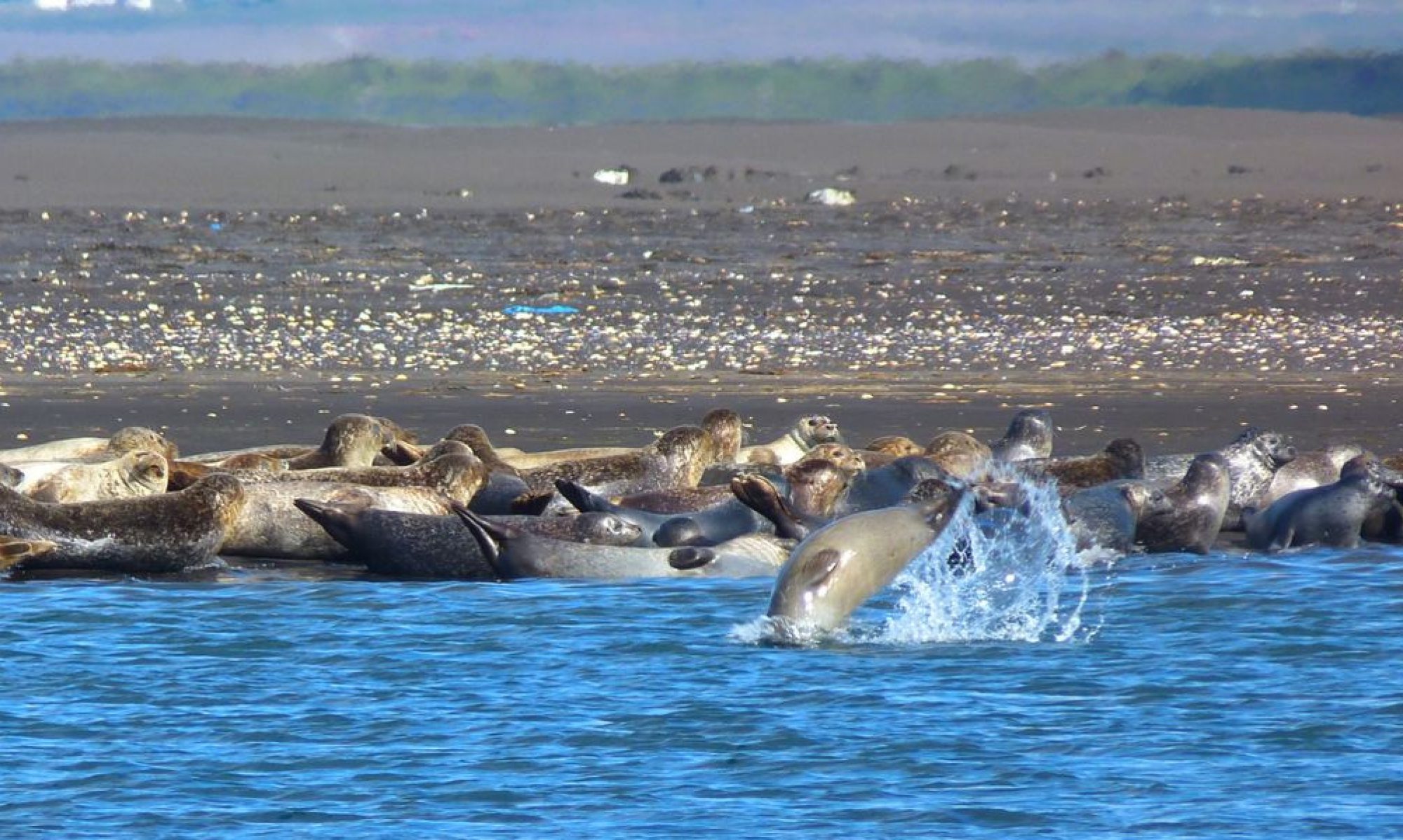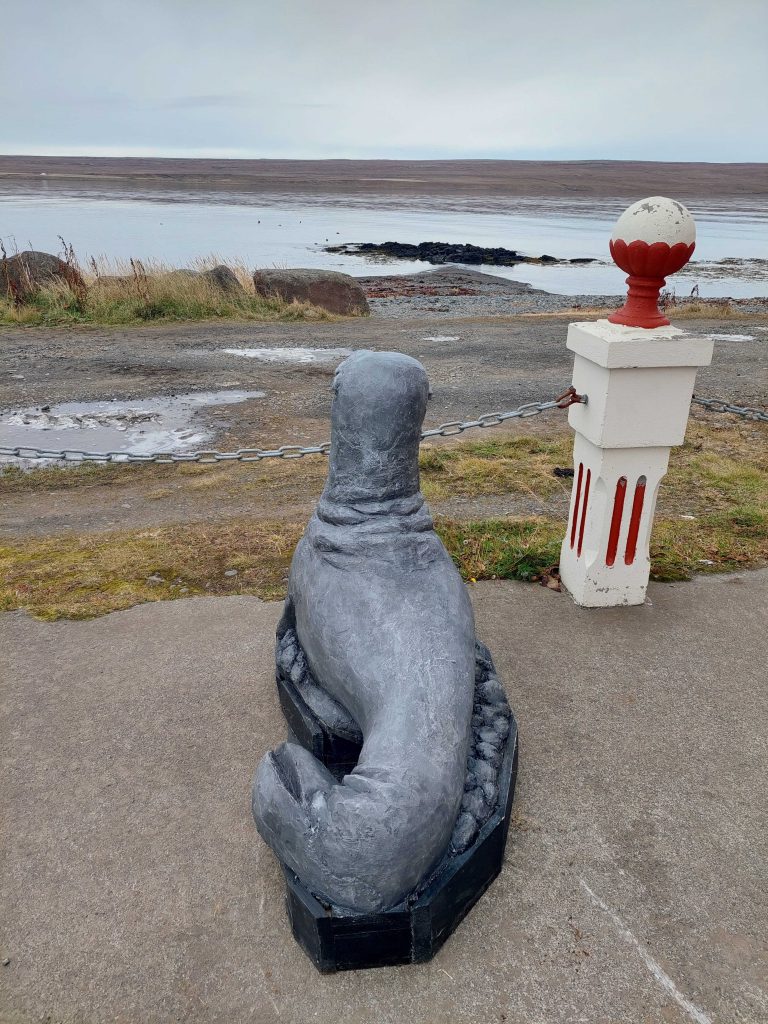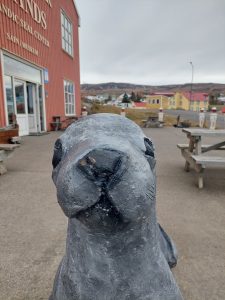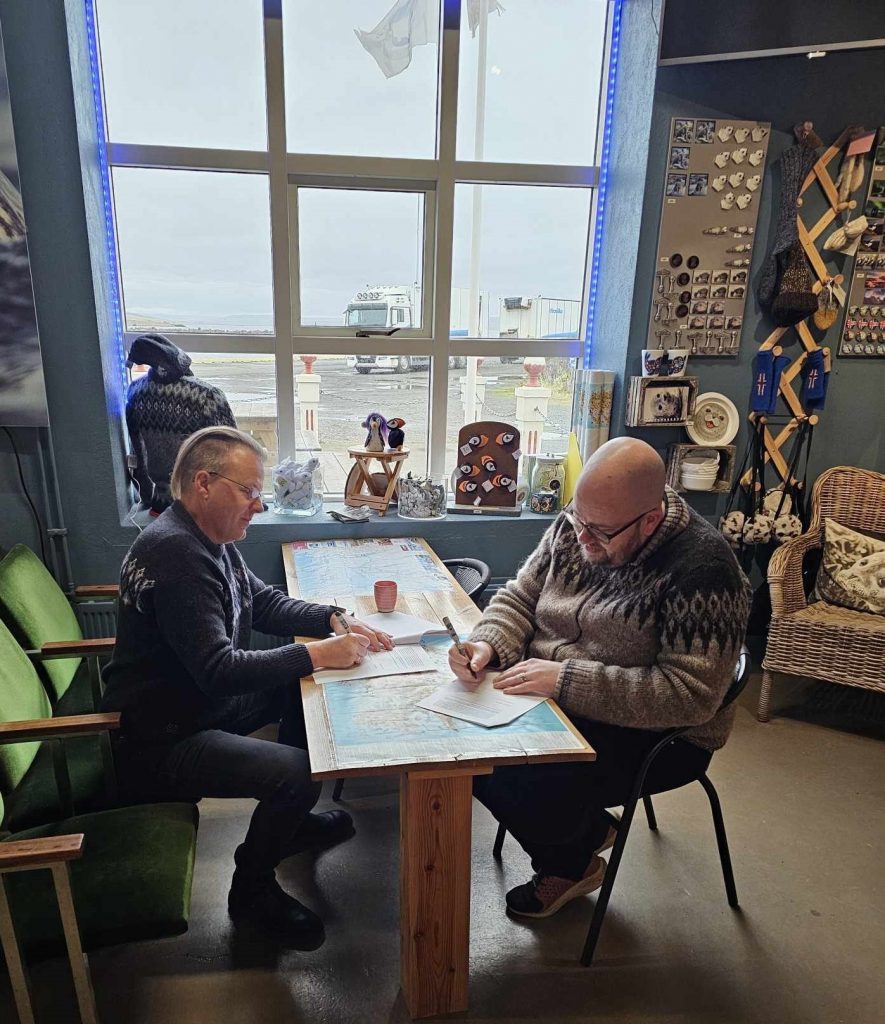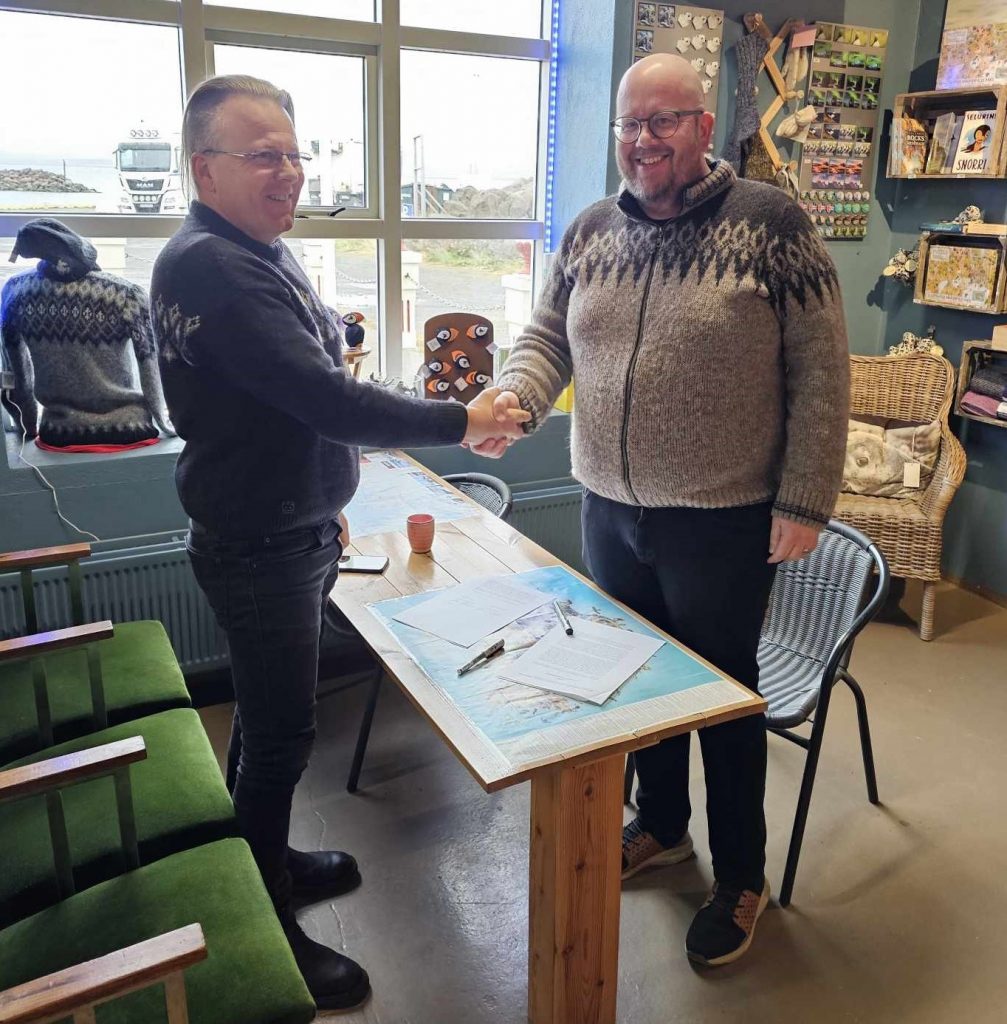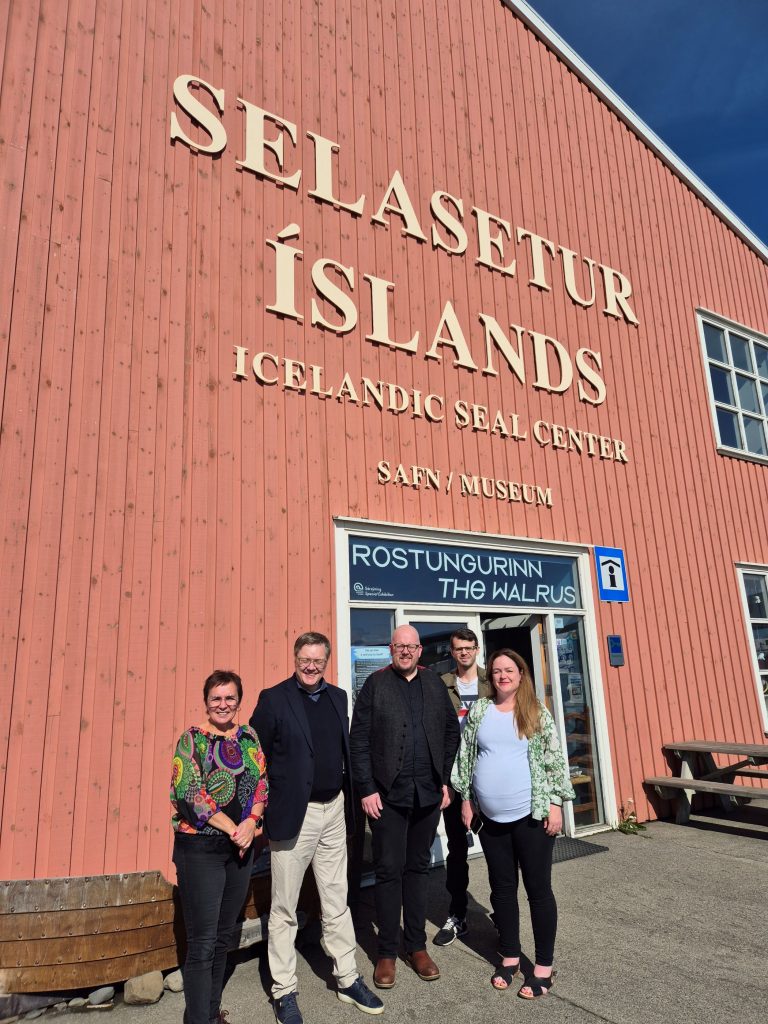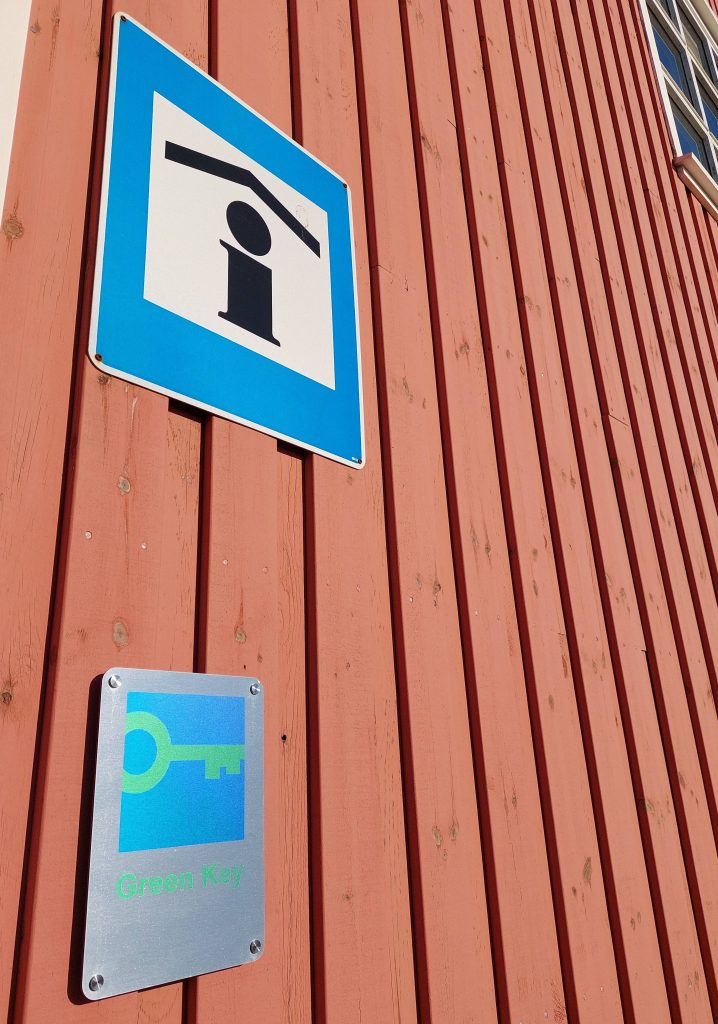
For over a year, The Icelandic Seal Center has been a participant in the EU project CE4RT (Circular Economy for Regenerative Tourism), together with 16 other Icelandic companies as well as over 60 companies from Finland, Poland, the Netherlands and Ireland.
The project consisted of a number of online lectures as well as an educational tour of south Iceland and participating in the International Regenerative Tourism Conference in Ireland, which was the finale of the project. The conference was held at the Skellig Hotel on the Dingle Peninsula in western Ireland. It was green and beautiful there, despite the fact that it was already mid-November.
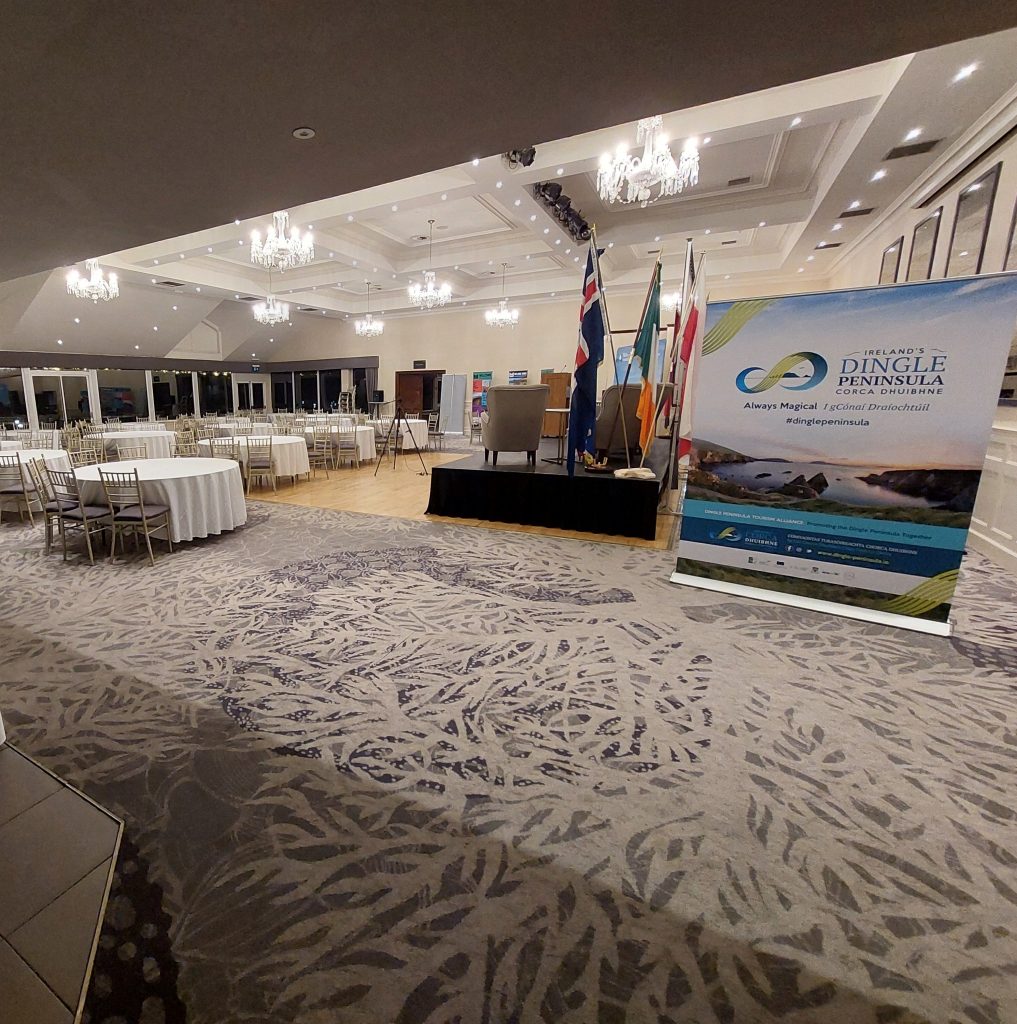
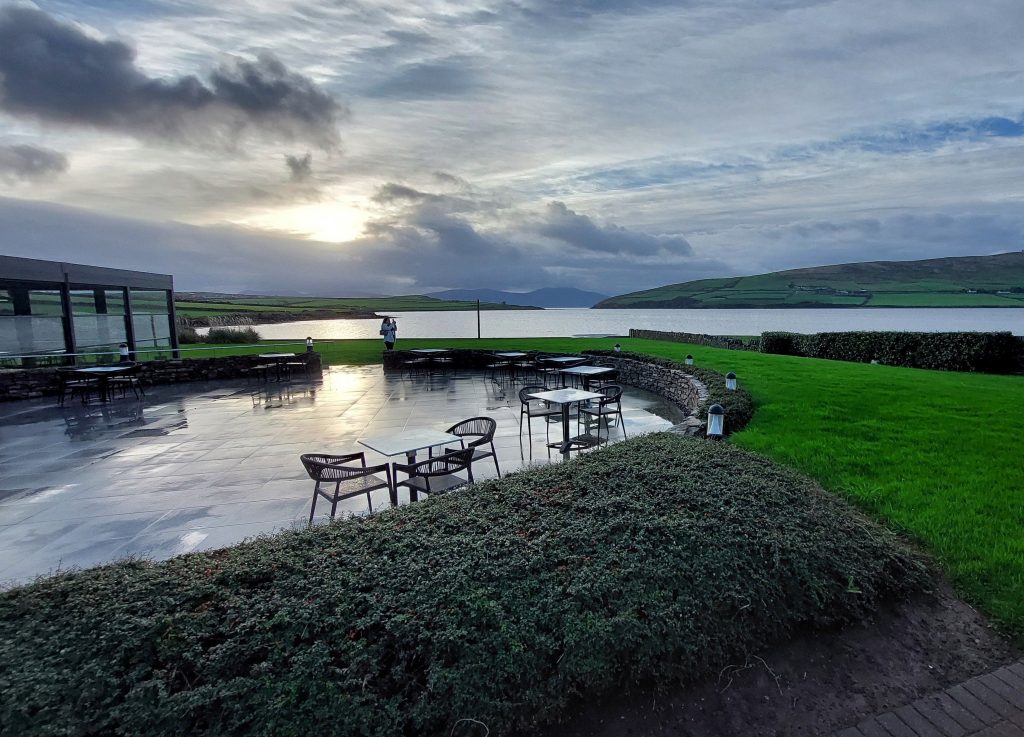
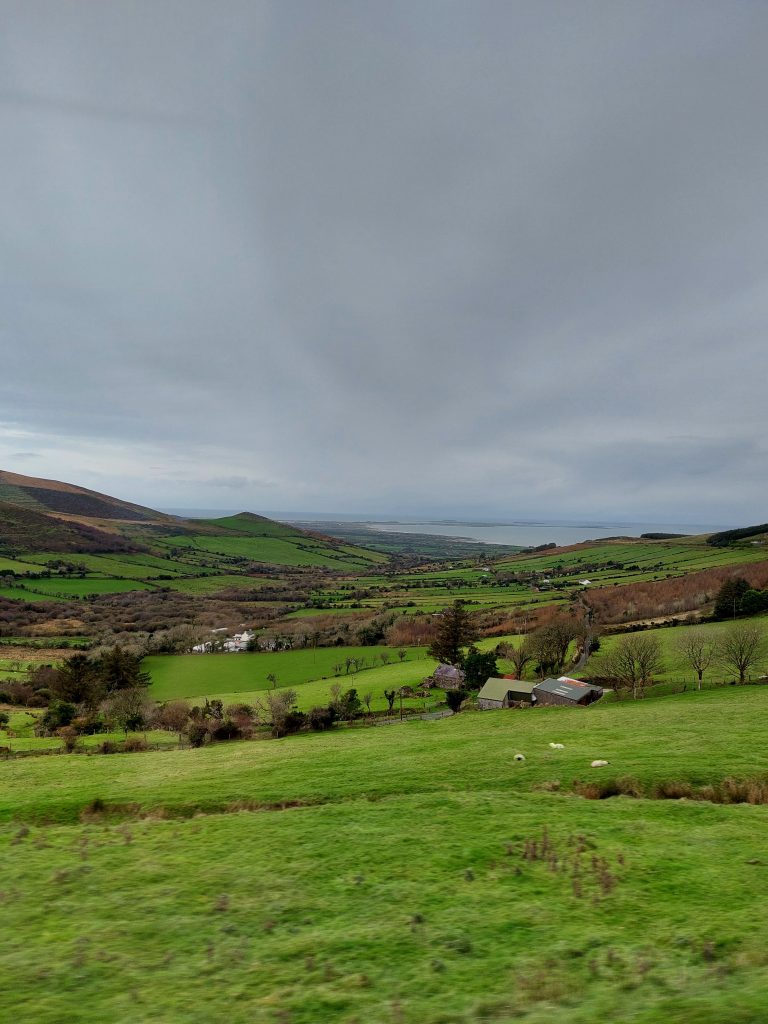
The Icelandic Seal Center’s biggest benefit from the CE4RT project, however, was that it supported participants to hire consultants to help them achieve environmental certification. The Icelandic Seal Center was fortunate to have Hjörtur Smárason from Saltworks as a consultant. He has worked on tourism policy for Northwest Iceland and therefore knows the area well.

After considerable work and various adjustments to the facility of The Icelandic Seal Center, it received Green Key environmental and sustainability certification at the end of July. Green Key is a certification that is becoming increasingly popular and there are now over 6,000 companies in over 70 countries with Green Key certification. In Iceland, there are 21 companies with this certification, but The Icelandic Seal Center is the first company in the attraction category to receive Green Key certification in Iceland.
The Green Key certification is a major milestone in the Seal Center’s journey to continue to promote sustainable and regenerative tourism in Húnaþing vestra, where the seal, of course, plays a central role.
